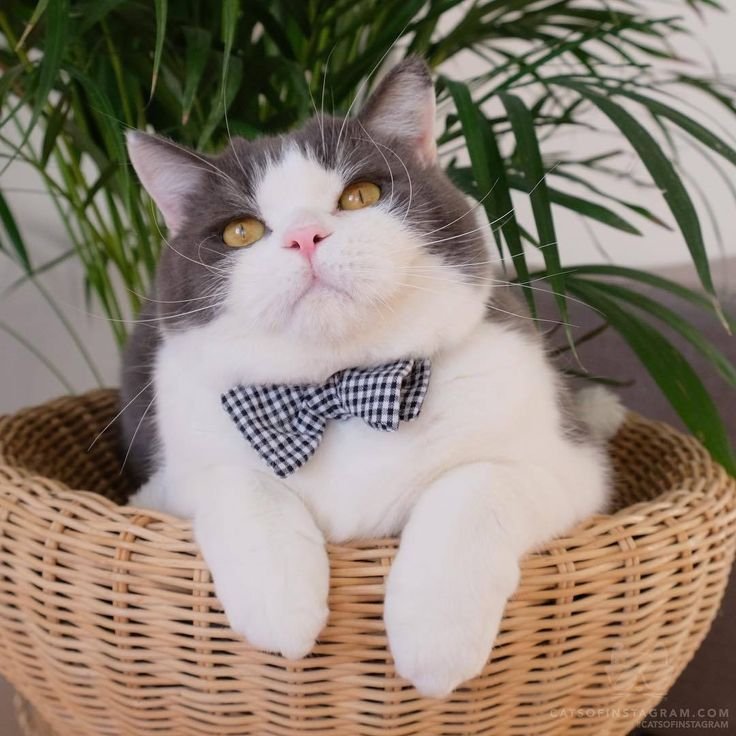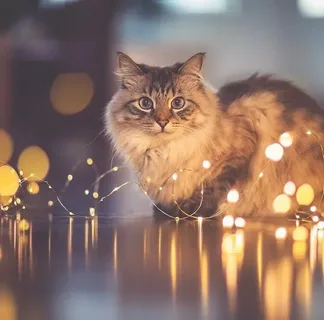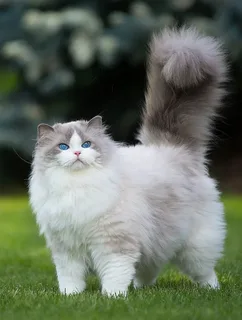Photographing cats can be both exciting and challenging. Capturing the perfect shot requires an understanding of your camera’s settings, lighting conditions, and the movement of your feline subject. Using the right settings will help you create stunning cat portraits with sharp details and rich colors. In this guide, we will explore the best camera settings for a cat photoshoot to ensure professional-quality images.
Understanding Camera Basics for Cat Photography
Before diving into specific settings, it’s essential to understand the key aspects of camera operation that affect your photos.
Key Camera Functions to Know
Shutter Speed
- Controls how fast the camera captures an image
- Faster speeds (e.g., 1/500s or higher) freeze movement
- Slower speeds (e.g., 1/60s) may create motion blur
Aperture (f-stop)
- Controls the depth of field
- A wider aperture (e.g., f/2.8) creates a blurred background (bokeh)
- A narrower aperture (e.g., f/8) keeps more of the image in focus
ISO Sensitivity
- Determines how sensitive the camera sensor is to light
- Lower ISO (e.g., 100-400) produces clearer images with less noise
- Higher ISO (e.g., 800-3200) can be useful in low-light settings but may introduce grain
Best Camera Settings for Indoor Cat Photoshoots
Indoor photoshoots often require specific settings to compensate for artificial lighting and limited space.
Recommended Settings
Shutter Speed: 1/250s or higher
- Helps prevent motion blur
- Ideal for capturing playful movements
Aperture: f/2.8 – f/5.6
- Blurred backgrounds make the cat stand out
- Allows more light into the camera
ISO: 400-800
- Adjust based on lighting conditions
- Higher ISO if natural light is limited
White Balance: Auto or Custom
- Adjust according to the light source (e.g., tungsten, fluorescent, or daylight)
For more indoor setup ideas, check out our detailed guide on How to Take Professional-Quality Cat Photos at Home.
Best Camera Settings for Outdoor Cat Photoshoots
Outdoor settings offer natural light but require adjustments to adapt to changing conditions.
Recommended Settings
Shutter Speed: 1/500s or higher
- Ideal for capturing quick movements
- Reduces motion blur in active shots
Aperture: f/4 – f/8
- Keeps more of the image in focus
- Works well for both portraits and action shots
ISO: 100-400
- Lower ISO maintains image clarity
- Increase slightly in low-light conditions
White Balance: Daylight
- Ensures accurate color representation
- Adjust based on shadows or cloud cover
For more outdoor photography tips, explore our guide on How to Capture Stunning Outdoor Cat Photoshoots.
Focusing Techniques for Cat Photography
Since cats move unpredictably, using the right focus mode ensures sharp images.
Best Autofocus Modes
Continuous Autofocus (AF-C)
- Keeps the cat in focus as it moves
- Works well for action shots
Single Autofocus (AF-S)
- Locks focus when the shutter button is pressed halfway
- Ideal for still or posed shots
Eye Autofocus
- If your camera has this feature, enable it
- Ensures sharp focus on the cat’s eyes
Using Burst Mode for Capturing Motion
Cats are active and often unpredictable. Using burst mode can help you capture multiple shots in quick succession.
Benefits of Burst Mode
- Increases chances of getting the perfect shot
- Captures different expressions and movements
- Minimizes the risk of missing a candid moment
Adjusting Exposure for Different Fur Colors
Cat fur colors impact how light and shadows affect exposure. Adjusting settings based on fur tone ensures balanced images.
Exposure Tips for Different Fur Colors
White or Light-Colored Cats
- Lower exposure slightly to prevent overexposure
- Use spot metering to focus on facial features
Dark or Black Cats
- Increase exposure slightly to prevent loss of detail
- Adjust contrast in post-processing for definition
Multi-Colored Cats
- Balance exposure to maintain details in all areas
- Spot metering can help focus on key areas like the eyes
Post-Processing Tips for Enhancing Cat Photos
Editing helps refine details and correct any exposure or color issues.
Editing Adjustments
- Increase sharpness to enhance fur details
- Adjust brightness and contrast for balanced lighting
- Crop to improve composition and framing
Conclusion
Mastering camera settings is essential for a successful cat photoshoot. By adjusting shutter speed, aperture, ISO, and focus modes based on indoor or outdoor conditions, you can capture stunning feline portraits. Experimenting with different settings will help you find the perfect balance for each situation.
At Love My Shot, we are dedicated to helping pet photographers create exceptional images. Start experimenting with these settings today and bring out the best in your cat photography!





